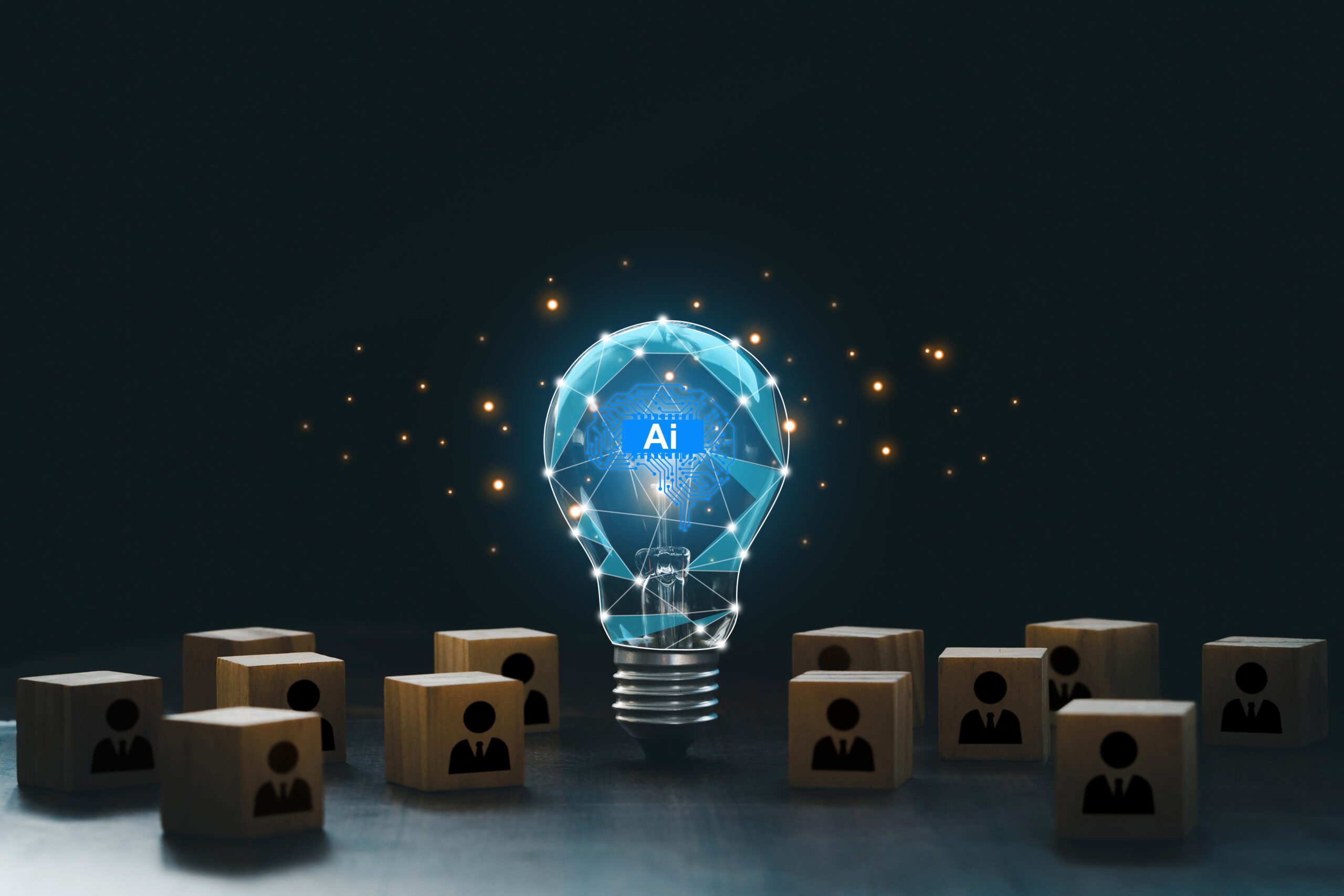Enterprise data management has evolved beyond traditional approaches, with knowledge graphs emerging as a revolutionary tool for organizing, connecting, and deriving insights from complex business information. The intersection of knowledge graphs and Master Data Management (MDM) represents a significant shift from rigid, siloed data structures toward dynamic, relationship-rich architectures that mirror how information naturally connects in the real world.
Understanding the Knowledge Graph Revolution
Knowledge graphs represent a fundamental departure from traditional database structures by organizing information as interconnected networks of entities and relationships. Unlike relational databases that force data into rigid table structures, knowledge graphs capture the semantic meaning and context of information, creating a web of connected data that enables more intuitive querying and discovery.
At its core, a knowledge graph consists of nodes representing entities such as customers, products, or business processes, connected by edges that define relationships like "purchases," "manages," or "supplies." This structure enables organizations to ask complex questions that would require multiple joins and complex queries in traditional systems, often delivering answers in real-time.
The power of knowledge graphs extends beyond simple data storage. They incorporate ontologies that provide formal definitions of concepts and their relationships, creating a shared understanding across the organization. This semantic layer enables both humans and machines to interpret data consistently, facilitating better communication and automated reasoning capabilities.
The Evolution of Master Data Management
Traditional MDM approaches have focused on creating single sources of truth for critical business entities by establishing master records and synchronizing data across systems. While effective for basic data consistency, these approaches often struggle with the complexity and interconnectedness of modern enterprise data.
The integration of knowledge graphs into MDM strategies represents a paradigm shift from managing individual data entities toward managing relationships and context. Instead of simply ensuring customer records are consistent across systems, graph-enabled MDM can reveal how customers relate these relationships evolve over time.
This evolution addresses several limitations of traditional MDM:
Relationship Complexity: Traditional MDM systems excel at managing hierarchical relationships but struggle with complex, multi-dimensional connections between entities. Knowledge graphs naturally handle these complex relationship patterns, enabling organizations to capture and query sophisticated business relationships.
Scalability Challenges: As organizations grow and data volumes increase, traditional MDM approaches often face performance bottlenecks when managing interconnected data. Graph databases maintain consistent performance regardless of data volume when traversing relationships.
Semantic Understanding: Traditional systems focus on data structure rather than meaning, making it difficult to ensure consistent interpretation across different systems and users. Knowledge graphs embed semantic meaning directly into the data structure.
Transformative Applications Across Industries
The combination of knowledge graphs and MDM has proven particularly powerful in specific industry contexts where complex relationships drive business value.
Financial Services: Banks and financial institutions leverage graph-enhanced MDM to understand complex customer relationships, detect fraud patterns, and ensure regulatory compliance. The ability to traverse relationships in real-time enables immediate detection of suspicious activities and comprehensive customer risk assessment.
Healthcare and Pharmaceuticals: The pharmaceutical industry has embraced knowledge graphs to connect vast amounts of research data, clinical trial information, and regulatory requirements. Graph-enabled MDM helps organizations track relationships between drugs, diseases, patients, and outcomes, accelerating drug discovery and improving patient care.
Manufacturing and Supply Chain: Complex manufacturing networks benefit from knowledge graphs that can model intricate supplier relationships, component dependencies, and product configurations. This enables rapid impact analysis when supply chain disruptions occur and supports more agile manufacturing processes.
Retail and E-commerce: Knowledge graphs enhance product recommendation systems by understanding complex relationships between customers, products, and purchasing behaviors. This goes beyond simple transaction history to incorporate contextual factors like seasonal trends, social influences, and product compatibility.
Overcoming Implementation Challenges
Despite their potential, implementing knowledge graph-enhanced MDM systems requires careful consideration of several challenges.
Technical Complexity: Graph databases and semantic technologies require specialized expertise that many organizations lack. The learning curve for graph query languages and ontology development can be significant, requiring investment in training or external expertise.
Data Quality Dependencies: Knowledge graphs amplify the impact of data quality issues. Poor quality data or incorrect relationships can propagate throughout the graph, creating misleading insights. Organizations must establish robust data governance processes before implementing graph-based solutions.
Integration Complexity: Most organizations cannot replace existing systems entirely, requiring sophisticated integration strategies that connect graph databases with legacy systems. This hybrid approach demands careful architecture planning and ongoing maintenance.
Cultural Adoption: Moving from traditional data management approaches to graph-thinking requires cultural change within organizations. Teams must adapt to new ways of modeling and querying data, which can face resistance from established practices.
The Semantic Advantage
The incorporation of semantic technologies distinguishes knowledge graph-enabled MDM from simple graph databases. Semantic models provide formal definitions of business concepts and their relationships, creating a shared vocabulary that spans departments and systems.
This semantic layer enables several advanced capabilities:
Automated Reasoning: Systems can infer new relationships and facts from existing data, discovering connections that weren't explicitly stated. For example, if a customer has a relationship with a company, and that company has a subsidiary, the system can automatically infer the customer's indirect relationship with the subsidiary.
Cross-Domain Integration: Semantic models enable integration of data from completely different domains by mapping concepts to common ontologies. This allows organizations to connect previously isolated data silos in meaningful ways.
Compliance and Governance: Semantic models can encode regulatory requirements and business rules directly into the data structure, enabling automated compliance checking and policy enforcement.
Performance and Scalability Considerations
While knowledge graphs offer significant advantages for relationship-heavy queries, organizations must carefully consider performance implications. Graph databases excel at traversing relationships but may not match relational databases for certain types of analytical queries or high-volume transactional processing.
The key is understanding the specific use cases where graph databases provide advantages and designing hybrid architectures that leverage the strengths of both approaches. Many successful implementations use knowledge graphs for relationship discovery and semantic querying while maintaining relational systems for transaction processing and traditional analytics.
Modern graph database technologies have made significant strides in scalability, with distributed graph systems capable of handling billions of nodes and relationships. However, the complexity of distributed graph queries requires careful system design and optimization.
Looking Forward: The Future of Data Architecture
The convergence of knowledge graphs, artificial intelligence, and MDM represents a fundamental shift toward more intelligent, adaptive data architectures. Organizations are moving beyond simple data integration toward creating living, breathing knowledge systems that can reason about information and adapt to changing business needs.
This evolution is driven by several technological trends:
AI Integration: Machine learning algorithms can automatically discover relationships and patterns within knowledge graphs, continuously improving the quality and completeness of organizational knowledge.
Real-time Processing: Streaming data technologies enable knowledge graphs to update in real-time, providing immediate insights into changing business conditions.
Federated Architectures: Organizations are developing federated knowledge graphs that connect multiple domains while maintaining local autonomy and governance.
The future of enterprise data management lies not in choosing between traditional and graph-based approaches, but in creating intelligent hybrid architectures that leverage the strengths of each technology to create more valuable, accessible, and actionable organizational knowledge.
The journey toward graph-enhanced MDM requires careful planning, investment in new capabilities, and cultural change, but organizations that successfully navigate this transformation will gain significant competitive advantages through better data understanding, faster insights, and more agile business processes. The question is not whether to adopt these technologies, but how quickly organizations can develop the capabilities to leverage them effectively.






